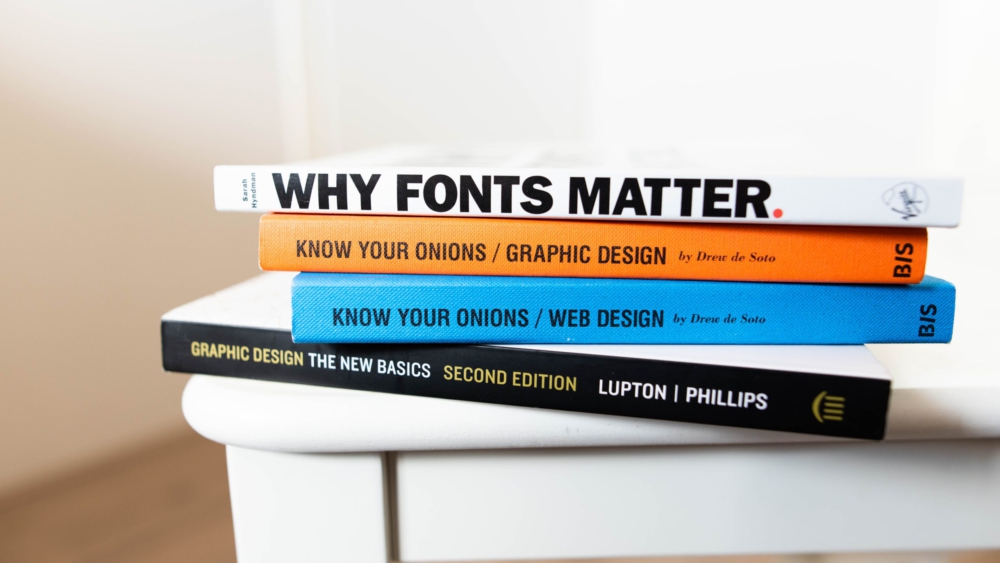Just like colour, fonts and typefaces can play a part in evoking emotions, communicating attitude, and conveying a certain message. After all, fonts share visual characteristics that draw inspiration from the real world and they can conjure a specific mood and influence brand perception.
That’s why choosing an appropriate font is so important – you need to go with one that best communicates your brand values and brand identity.
For instance, if your brand is a gym that largely attracts bodybuilders, you should choose fonts that match their physical characteristics: bold, solid, and condensed. But if your brand is a fitness studio focused on cardio and toning, a tall or slanted font may bring to mind a track star or ballerina, as it conveys speed, agility and grace.
What’s more, the way you style the font is also important. A brand expressed in lowercase logotype promotes empathy and modernity – some well-known examples are brands such as airbnb, wacom, and saalt.
In contrast, an uppercase logotype exudes power, endurance and tenacity, as exemplified by Nike, Duracell, and BMW.
Here’s a run-down of the different categories of fonts:
Serifs
(image credit: fontmatters)
Serif typefaces have small lines or strokes attached to the end of larger strokes, enabling readers to glance over the line of text faster. Perceived as formal, classy, mature, elegant and traditional, serif fonts are often used by well-established corporate brands. Common serif typefaces include Times New Roman, Baskerville, Didot, Georgia, Garamond, and Caslon.
Fashion brands such as Burberry and Dior have serif fonts.
Sans Serifs
(image credit: fontmatters)
Sans serif typefaces lack the small lines or strokes which can be found on serif typefaces – you may have already guessed this due to the use of “sans” meaning “without”. Perceived as modern, minimal, universal and clean, these typefaces are often used by fashion brands or tech brands. Common sans serif fonts include Futura, Helvetica, Tahoma, Gill Sans, Univers and Verdana.
Notable brands with sans serif logos include Netflix and Spotify.
And of course, our very own Mutant logo!
Slab Serifs
(image credit: Elon University)
Meet the slab serif family of fonts: thick, straight, rectangular, and comparable in thickness to the primary font stroke. These fonts are known for being bold, assertive, friendly, contemporary, and are used on posters, factories, and steakhouses.
Here’s a fun fact about slab serif fonts: they were created to be printed on newspapers for clearer reading, when paper quality used to be poor. Slab serif includes Clarendon, Josefin, Museo, Rockwell, Courier and American Typewriter.
Automobile companies such as Honda and Volvo use slab serif fonts in their logos.
Scripts
(image credit: howjoyful)
Seen as romantic, feminine, down-to-earth and whimsical, script fonts are typefaces that include swirls and cursive letters that mimic handwriting and calligraphy. These fonts capture a personalised style and intimate attitude when compared to other font types.
Because of the fancy and artistic appearance, scripts are typically never used for body text, but work well for logos and headings. Common script fonts include Pacifico, Allura, Greyhound Script, Snell Roundhand, and Northwell.
Famous logos that use script fonts include Coca-Cola and Barbie.
Choosing the right font and typeface
The type of font you choose for your brand could end up defining the audience you attract or influencing your product to have a certain appeal. By knowing how people tend to attribute specific characteristics to font types, it makes sense to select a font that fits the voice, style, and values of your business, project, and brand to deliver the right mood, impact, and message.
If you’re unsure where to begin, think of what you want people to feel when they see your brand’s logo – that will translate into the mood you want to create with your typeface. Once you’ve figured out your brand’s personality and know how you want it to be perceived, you’ll be able to pick a font that not only positively affects readability but ultimately aligns with everything your brand stands for.
Still having trouble picking out a suitable typeface for your brand? You’ve come to the right place – [email protected]

